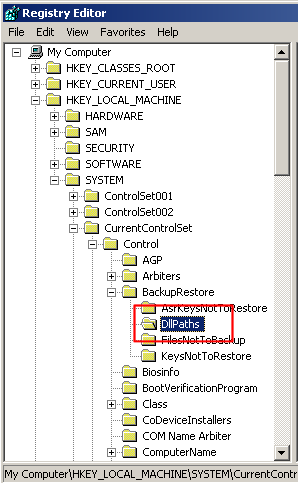

Next you’ll have to add at least one shared folder. You also get an option to prevent a user from making changes to their own account. By default all users are added to the users Group. When adding an individual user you can also add them to an existing group. Head to User Management > Users to add or import users.

(Image credit: OpenMediaVault) Regulate data accessīefore you can store data on the NAS device, you’ll have to create one or more users. However, since you have multiple disks connected to the NAS box, make sure you select the right installation target during this step. Pay attention at the partitioning step, which isn’t as involved as it is in a typical Linux distro installation because OMV is designed to take over the entire disk. Download the ISO from the project’s website, transfer it to a USB disk and run through the basic steps. Installing OMV is pretty straightforward. Remember, you’ll not be able to use the unused space on the installation drive for sharing files. You’ll need one that’s at least 4GB in size for OMV’s installation, and several others for storage. You’ll also need multiple disks, and OMV supports traditional hard disks, as well as SSDs. We wouldn’t recommend anything lower than a multi-core processor and 8GB of RAM. Of course, for an SMB with dozens of users accessing the data at the same time, you’ll need something with a lot more processing power. OMV has rather modest requirements, and like we mentioned can even be run from SBCs.
Create your own remote data backup server software#
(Image credit: OpenMediaVault) Installationīefore you get started with the software aspect, you’ll first have to make sure you have the right hardware for your NAS server.


 0 kommentar(er)
0 kommentar(er)
